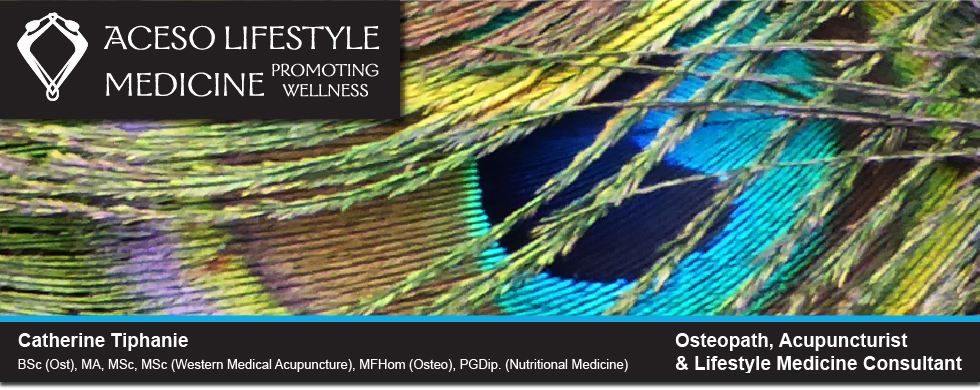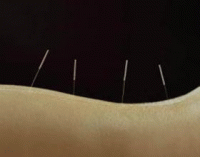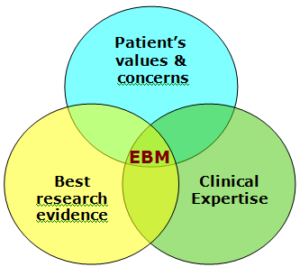
Western Medical Acupuncture
What is Acupuncture?
 Acupuncture is a treatment involving the insertion of fine needles into various parts of the body. Currently, there are two main schools of thought: traditional Chinese acupuncture, which is part of Traditional Chinese Medicine (TCM); and Western Medical Acupuncture (WMA).
Acupuncture is a treatment involving the insertion of fine needles into various parts of the body. Currently, there are two main schools of thought: traditional Chinese acupuncture, which is part of Traditional Chinese Medicine (TCM); and Western Medical Acupuncture (WMA).
Acupuncture is a treatment which can relieve symptoms of some physical and psychological conditions and may encourage the patient’s body to heal and repair itself, if it is able to do so.1
Western Medical Acupuncture is similar to Chinese acupuncture, but also applies our current scientific understanding of anatomy (the structure of the body), physiology (the healthy functioning of the body), and pathology (changes to the normal functioning of the body). For more information about this please click here
Western Medical Acupuncture also applies the principles of evidence-based medicine (EBM).1 The practice of evidence-based medicine involves integrating the best research evidence with clinical expertise and the values of the patient.2

Diagram representing the elements of Evidence-based medicine
History of Acupuncture
About 2000 years ago, the Chinese discovered that needling, or acupuncture, can affect many functions of the body. They explained this in terms of the ideas and philosophies of the time. Traditional Chinese Medicine (TCM) and Chinese acupuncture still uses these explanations when treating patients.
However, the discoveries of science have brought about changes in our understanding of how our bodies work. These changes included medical discoveries of different kinds. The relatively recent discovery of neurotransmitters (chemicals used by nerves) and neuroplasticity (the ability of the brain to adapt to inputs from the environment) led to a new understanding of the neurological system (the brain and nerves).
We are using this scientific knowledge to understand better how acupuncture works and to reconcile it with Western medicine. This is why we use the new term: Western Medical Acupuncture.1
How does acupuncture work?
Acupuncture can be useful for many different types of symptoms. It does not have a simple or single mode of action. Instead, acupuncture has a range of effects on various functions.1 This makes it far more complex to understand and research.
Acupuncture stimulates the nerves in skin and muscle, and can produce a variety of effects. It is known that it increases the body’s release of natural painkillers (endorphin and serotonin) in the pain pathways of both the spinal cord and the brain. This modifies the way pain signals are received. But acupuncture does much more than reduce pain. It also has a beneficial effect on health – patients often notice an improved sense of wellbeing after treatment.
Modern research shows that acupuncture can affect most of the body’s systems – the nervous system, muscle tone, hormone outputs, circulation, antibody production and allergic responses, as well as the respiratory, digestive, urinary, and reproductive systems.
The main therapeutic effects of the acupuncture needles are
- Stimulation of the nervous system1 – sensory stimulation
- Increasing local nutritive blood flow – acupuncture needling has local effects on the nerves and blood flow in the area of the needle1
- Acupuncture causes the release of opioid peptides and serotonin in the spinal cord and brain.1 These are ‘feel-good’ chemicals – produced naturally by the body
- Musculoskeletal pain is relieved by two effects on the nervous system:
- Decreasing the nerve activity at the level where the nerve exits from the spine1 – the segmental effects
- By the brain activating the descending inhibitory pathways. Studies using functional MRI and other imaging techniques have shown good evidence that acupuncture affects various parts of the brain involved in pain1

Row A: Images of areas of the brain stimulated by particular acupuncture points
Row B: Stimulation by palpation (touching the skin surface) of the same points 3
Click here to see acupuncture literature references
Further information can be found on the following pages:
Which conditions respond to Western Medical Acupuncture?
When should acupuncture not be used?
What happens at my acupuncture session?
Copyright ©2012 - 2023 Catherine Tiphanie. All Rights Reserved. Privacy Policy
